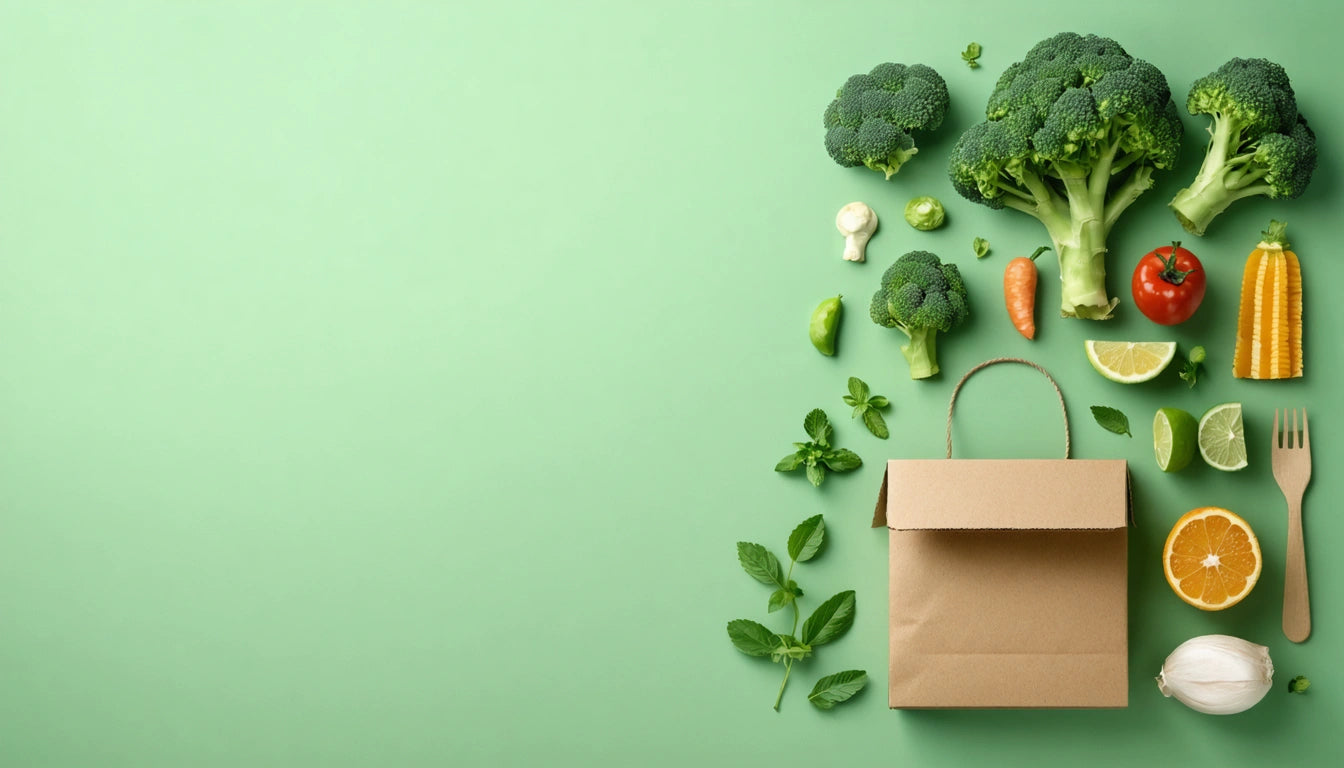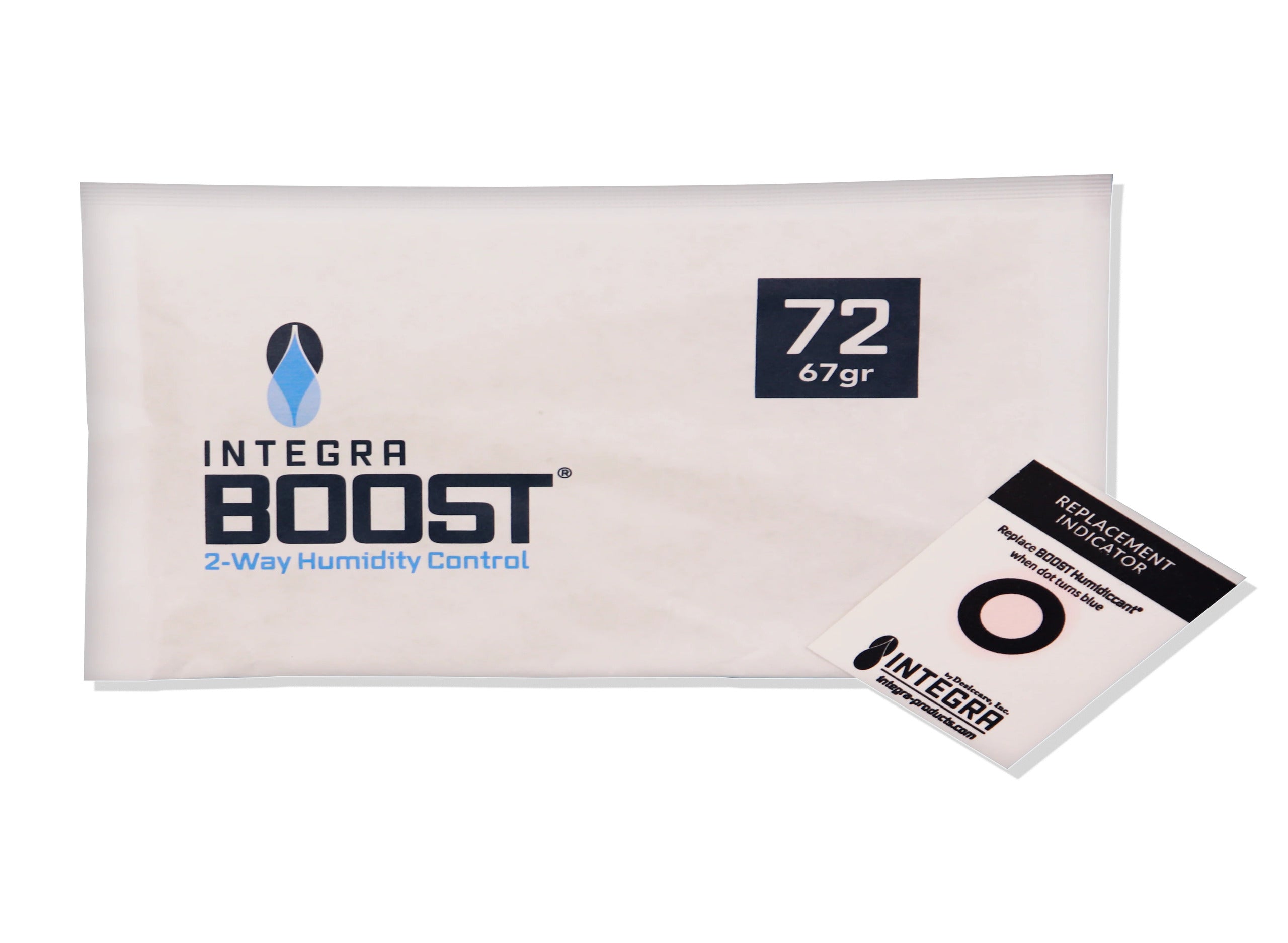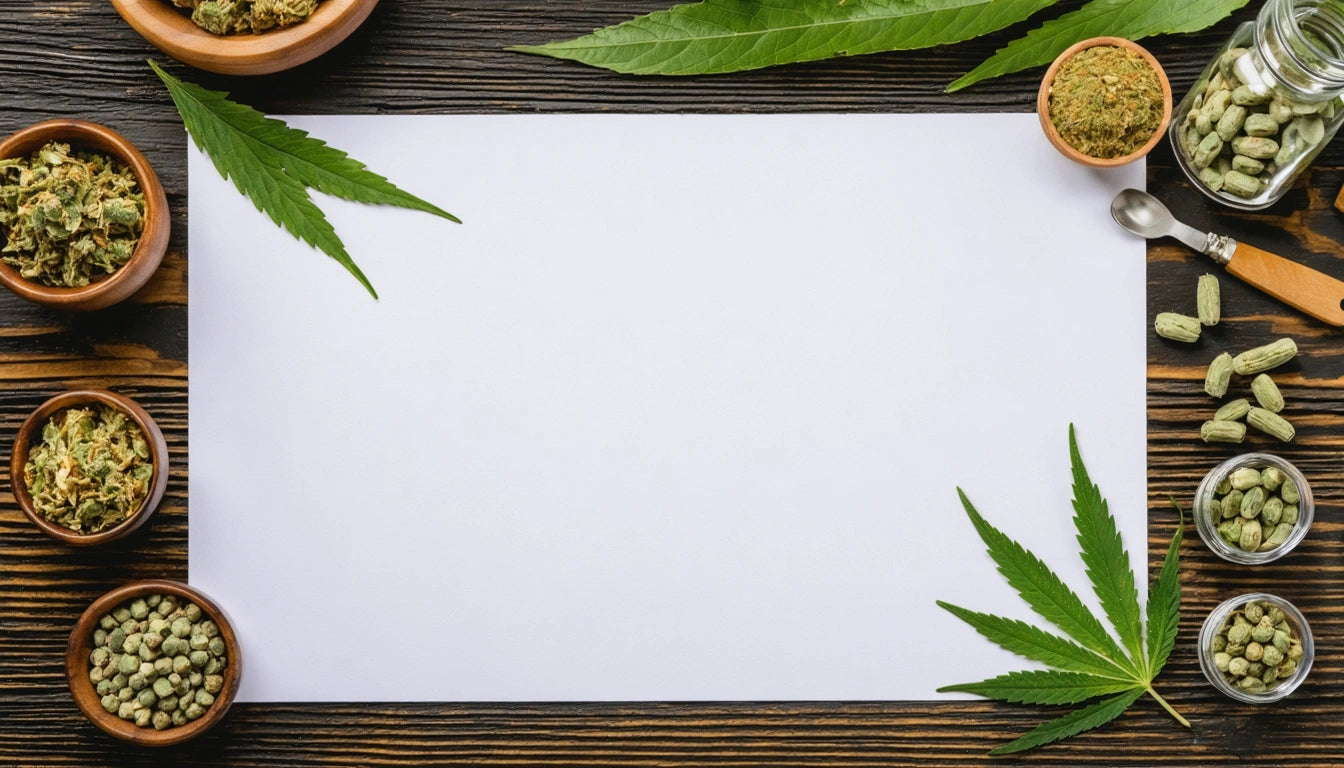Table of Contents
- What Are Consumer Packaged Goods: Definition and Market Overview
- Ecommerce Packaging Essentials: Requirements and Best Practices
- Decoding Packaging Symbols: What Does the 'e' Mean on Food Packaging?
- Eco-Friendly Packaging Solutions: Materials and Approaches
- Creating Sustainable Packaging: Practical Implementation Strategies
Understanding Consumer Packaged Goods and Innovative Packaging Solutions
The consumer packaged goods (CPG) industry represents one of the largest sectors in retail, encompassing everyday products that require effective packaging solutions. As markets evolve, understanding what consumer packaged goods are and how packaging innovations support their distribution becomes increasingly important for businesses seeking competitive advantages.
What Are Consumer Packaged Goods: Definition and Market Overview
Consumer packaged goods are items used daily by average consumers that require regular replacement or replenishment. These products are typically sold in packaged form and include food, beverages, household products, personal care items, and over-the-counter medications.
What distinguishes consumer packaged goods from other retail categories is their relatively low cost, high turnover rate, and consistent consumer demand. The packaging for these products serves multiple critical functions:
- Protection during transportation and storage
- Preservation of product quality and shelf life
- Communication of brand identity and product information
- Facilitation of convenient use by consumers
According to research on packaging costs and benefits, effective packaging design can significantly impact consumer purchasing decisions, with up to 70% of buying choices made at the point of sale based on packaging appearance.
Ecommerce Packaging Essentials: Requirements and Best Practices
What Is Ecommerce Packaging?
Ecommerce packaging refers to specialized packaging solutions designed for products sold and shipped through online channels. Unlike traditional retail packaging, what is ecommerce packaging must address unique challenges including:
- Enhanced durability for multiple handling points
- Right-sized dimensions to minimize shipping costs
- Tamper-evident features for security
- Unboxing experience elements for brand reinforcement
The rise of direct-to-consumer shipping has transformed packaging requirements, with industry trends showing a shift toward packaging that balances protection with sustainability concerns.
Highlight: Effective ecommerce packaging must protect products through complex logistics chains while also delivering a memorable brand experience upon arrival.
Decoding Packaging Symbols: What Does the 'e' Mean on Food Packaging?
Consumers often encounter various symbols on packaging without understanding their significance. A common question is: what does the e mean on food packaging? The small 'e' mark indicates that the product complies with the European Union's average weight system, confirming that:
- The package contents meet stated quantity within acceptable statistical variations
- The manufacturer follows regulated filling procedures
- The product has undergone proper quality control checks
This symbol represents just one example of how packaging communicates regulatory compliance alongside product information. For specialty markets like cannabis, pre-roll packaging solutions must similarly incorporate various compliance indicators while maintaining brand identity.
Eco-Friendly Packaging Solutions: Materials and Approaches
What Is Eco-Friendly Packaging?
Eco-friendly packaging refers to packaging materials and designs that minimize environmental impact throughout their lifecycle. Key characteristics include:
- Biodegradability or compostability
- Reduced material usage through efficient design
- Recyclability or incorporation of recycled content
- Renewable resource sourcing
- Non-toxic production processes
According to sustainable packaging trend analysis, consumer demand for environmentally responsible packaging continues to grow, with 74% of consumers willing to pay more for sustainable packaging options.
Common Eco-Friendly Materials
The market for sustainable packaging materials has expanded significantly, with options including:
- Plant-based plastics (PLA)
- Mushroom packaging
- Recycled paper and cardboard
- Seaweed-based packaging
- Bamboo and other rapidly renewable fibers
Small businesses can find cost-effective eco-friendly solutions that balance environmental benefits with practical business considerations.
Creating Sustainable Packaging: Practical Implementation Strategies
How to Make Eco-Friendly Packaging
Implementing sustainable packaging requires a systematic approach:
- Audit current packaging: Evaluate materials, dimensions, and environmental impact
- Research alternatives: Identify sustainable materials suitable for your product requirements
- Redesign for efficiency: Minimize material usage while maintaining protection
- Test thoroughly: Ensure new packaging meets durability and protection standards
- Communicate benefits: Inform consumers about sustainability features and proper disposal
For businesses seeking custom solutions, designing custom packaging with sustainability in mind can create both environmental and brand differentiation benefits.
The transition to eco-friendly packaging often requires balancing multiple factors including cost, functionality, and environmental impact. Creative eco-friendly packaging ideas can help businesses navigate these challenges while meeting consumer expectations.
The Future of Consumer Packaged Goods Packaging
As consumer packaged goods continue to evolve, packaging innovations will increasingly focus on:
- Smart packaging with digital integration capabilities
- Mono-material designs that simplify recycling
- Reusable and refillable packaging systems
- Compostable solutions for short-lifecycle products
- Water-soluble or edible packaging for appropriate applications
These advancements represent the convergence of consumer convenience demands with growing environmental consciousness. By understanding what consumer packaged goods are and how their packaging needs continue to evolve, businesses can position themselves at the forefront of industry innovation while meeting regulatory requirements and consumer expectations.
Whether developing packaging for traditional retail channels or specialized markets, the principles of effective design, material selection, and sustainability considerations remain essential to creating packaging solutions that protect products, please consumers, and preserve our planet.











Leave a comment
All comments are moderated before being published.
This site is protected by hCaptcha and the hCaptcha Privacy Policy and Terms of Service apply.